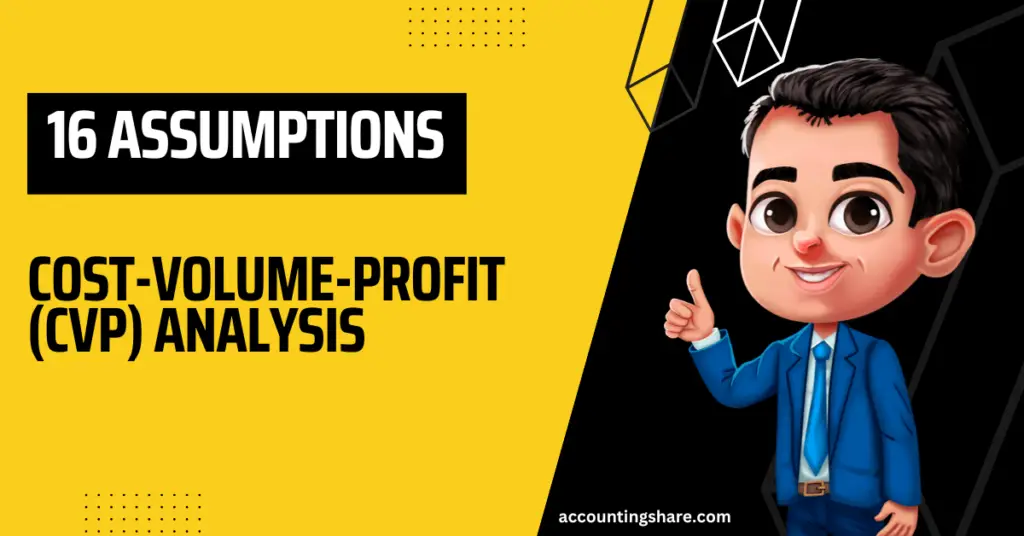We’re a headhunter agency that connects US businesses with elite LATAM professionals who integrate seamlessly as remote team members — aligned to US time zones, cutting overhead by 70%. 11 Financial is a registered investment adviser located in Lufkin, Texas. 11 Financial may only transact business in those states in which it is registered, or qualifies for an exemption or exclusion from registration requirements. As a control technique, CVP analysis is used to measure the performance of the different departments in a company. CVP analysis is a tool used extensively in both the planning and control functions of an organization.
Analyzing the Breakeven Point and Profit-Volume Chart
For example, a manufacturer may produce various components that have widely different unit contribution margins. By analyzing the CVP data for each product line, they may find that some components with higher contribution margins significantly outperform others. The breakeven point is the production volume where total revenues equal total expenses – the point of zero profit. By identifying this breakpoint, companies can determine the safety margin to avoid losses. A small change in fixed or variable costs can significantly impact breakeven calculations. Examples include raw materials, hourly labor wages, and sales commissions.
Licensing Revenue Model: An In-Depth Look at Profit Generation
If you’re looking for a more accurate or tailored calculation, it’s worth doing some follow-up sums after you’ve reached your initial numbers. The traditional CVP analysis also assumes a company sells a single product, or the sales mix of multiple products doesn’t change— which is hardly ever the case. In real scenarios, companies often deal with multiple products, and the sales mix changes are influenced by market trends, consumer preferences, and competition. High profit levels for a particular product suggest that a business can afford to invest in more efficient production methods or purchase raw materials in bulk, thus potentially reducing costs.
Determining the effects on net income
This analysis enables companies to project their future costs, profits, and sales volume accurately. This is essential for making informed investment decisions, expansion plans, and pricing strategies. Businesses use CVP analysis to determine the optimum price of their products and services. The analysis considers the costs incurred during production and the profit margins desired by the company. This enables businesses to set prices that ensure profitability while remaining competitive.
- All units produced are assumed to be sold, and all fixed costs must be stable.
- It provides a clear understanding of the financial implications of the decision and ensures that the decision is based on sound financial reasoning.
- This provides an average contribution per unit sold, and offers a clearer view of overall profitability than looking at individual products.
- Cost volume profit analysis is much more than a financial tool—it’s the lens through which financial leaders can view the future of their businesses.
- If you make more lemonade to sell, you need more lemons and sugar, which costs more money.
What is a cost-volume-profit analysis break-even point?
This means that any change in profits would be due solely to changes in the level of output and sales. This includes both the costs to make the product (variable costs) and other costs that stay the same (fixed costs), like rent for the place where toys are made. This statement shows how selling more toys or changing costs can make a business earn more or less money. It can also help a business determine how many toys it needs to sell to reach a goal, like buying new equipment.
Human Capital Management: Understanding the Value of Your Workforce
While it is true that CVP analysis is often used for short-term decision-making, it can also be applied to long-term strategic planning. Additionally, by conducting a CVP analysis regularly, organizations can proactively anticipate potential changes in market conditions and adjust their business operations accordingly. This article will provide an in-depth look at everything you need to understand about CVP analysis.
Cost-volume-profit (CVP) analysis is a financial modeling tool used to understand how changes in costs and volume affect a company’s profitability. It provides insights into the relationships between fixed costs, variable costs, prices, and sales volume. Total costs are another crucial part of the cost volume profit analysis. It’s the sum of both variable and fixed costs at a particular level of output. Total costs increase as production levels rise due to the variable costs, but the rate of increase becomes smaller due to the fixed cost spread over more units. Once we know about fixed and variable costs, we can see how they affect profit.
The unit contribution margin is simply the remainder after the unit variable cost is subtracted from the unit sales price. A CVP analysis keeps calculations simple – but that means it cvp meaning in business has to make some assumptions upfront. For example, a CVP analysis assumes that all the units you produce will be sold and also assumes that your fixed and variable costs are constant.



